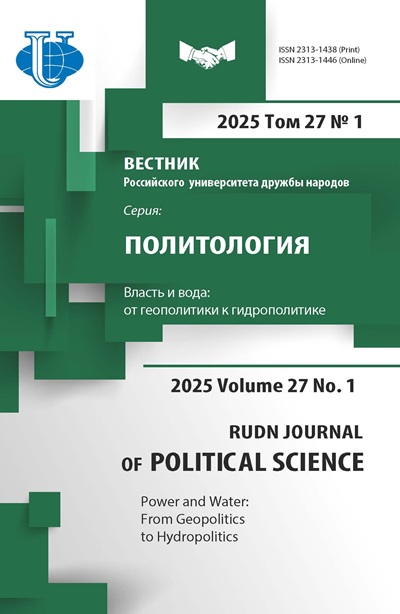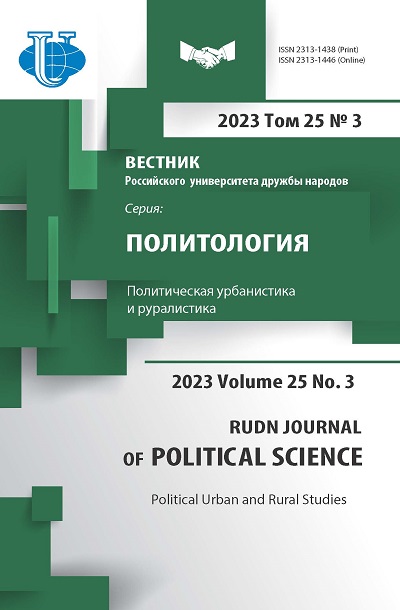Abstract
Limited resources, multiple crises, socio-political tensions, development imbalances, and other challenges encourage cities to search for new development resources, especially intangible ones, and policies to tap into their potential. The research considers the creative potential of the city as an intangible development resource of this kind. The study aims to analyze the significant aspects and identify the mechanisms that are promising for cities to develop their creative potential in the context of digital transformations. The author analyzes several cases, numerous program and strategic documents, reports, and publications, paying particular attention to the period of the COVID-19 pandemic. The global crisis demonstrated that organizations in the creative sector are highly vulnerable and need substantial government support. However, it also contributed to the creation of innovative products, gave impetus to the emergence of new forms of self-organization, and tailored support measures coined by the city administrations. The crisis also highlighted the crucial role of ICT tools and digital strategies in the survival and competitiveness of many organizations from the cultural and creative sectors. In this context, and considering the key industry trends, the article discusses possible points of growth and promising formats of interaction between the industry and the city administrations. In conclusion, the author suggests specific tools significant for the development of the industry, such as digital development strategies, as well as organizational practices that can contribute to the realization of the creative potential of the city.
















